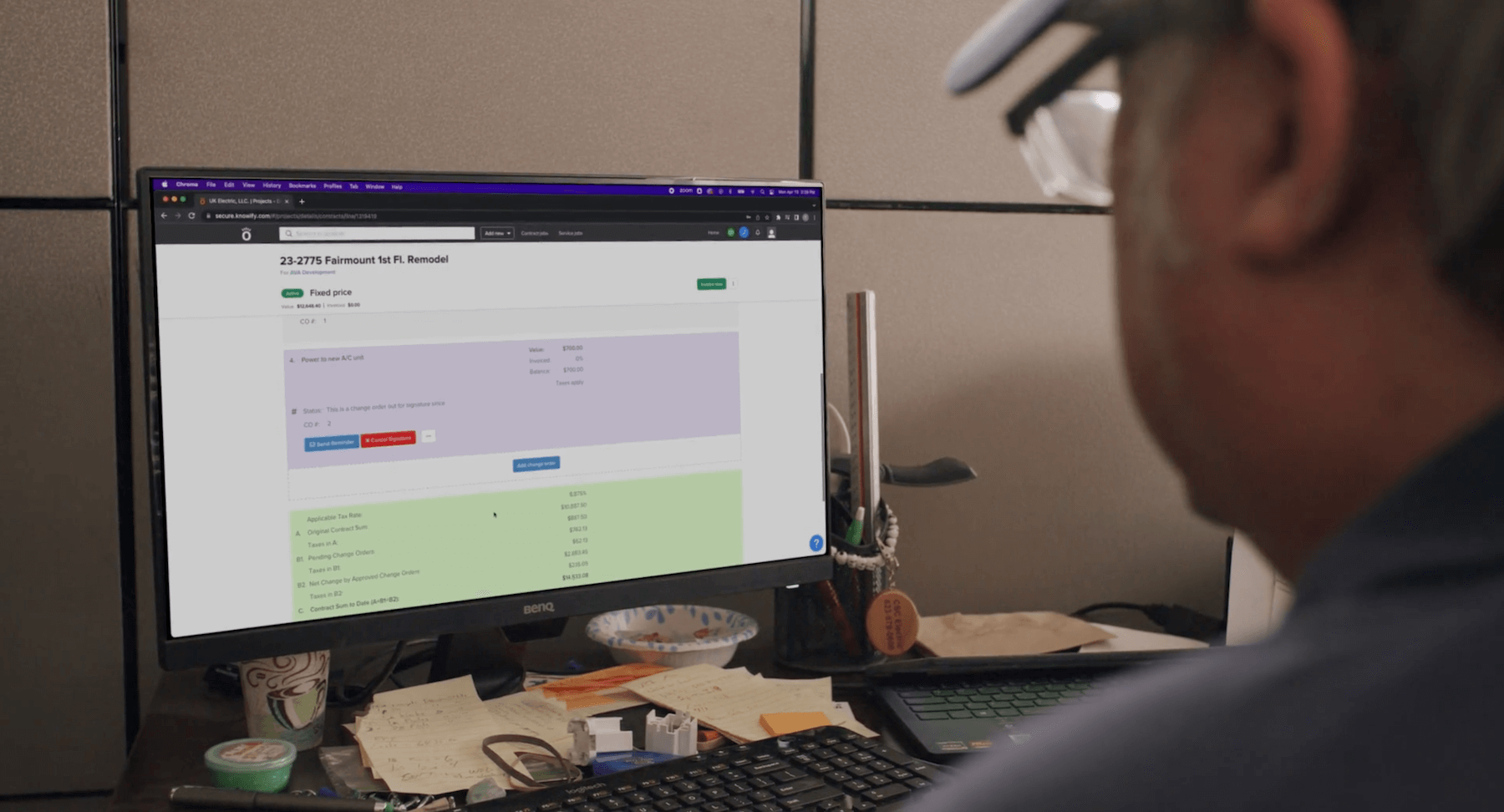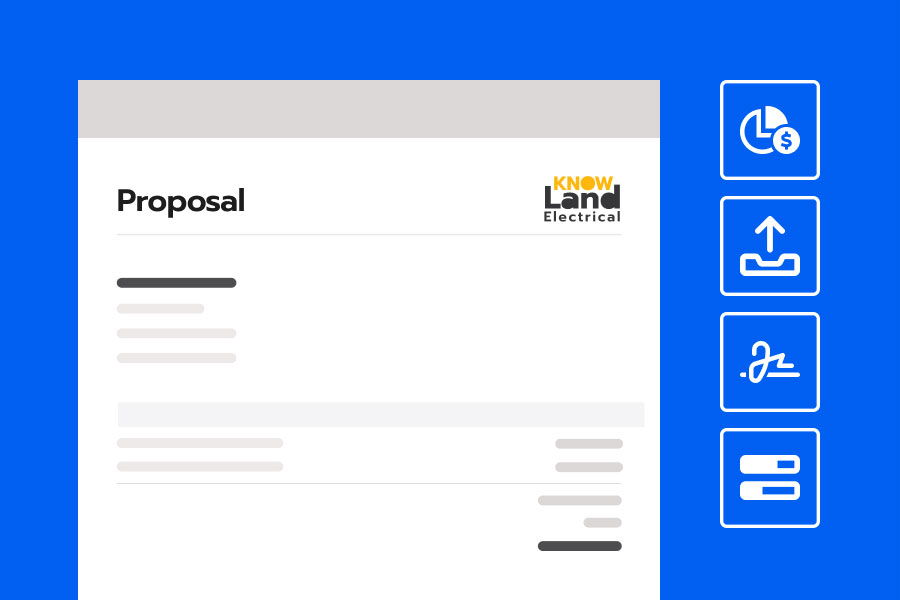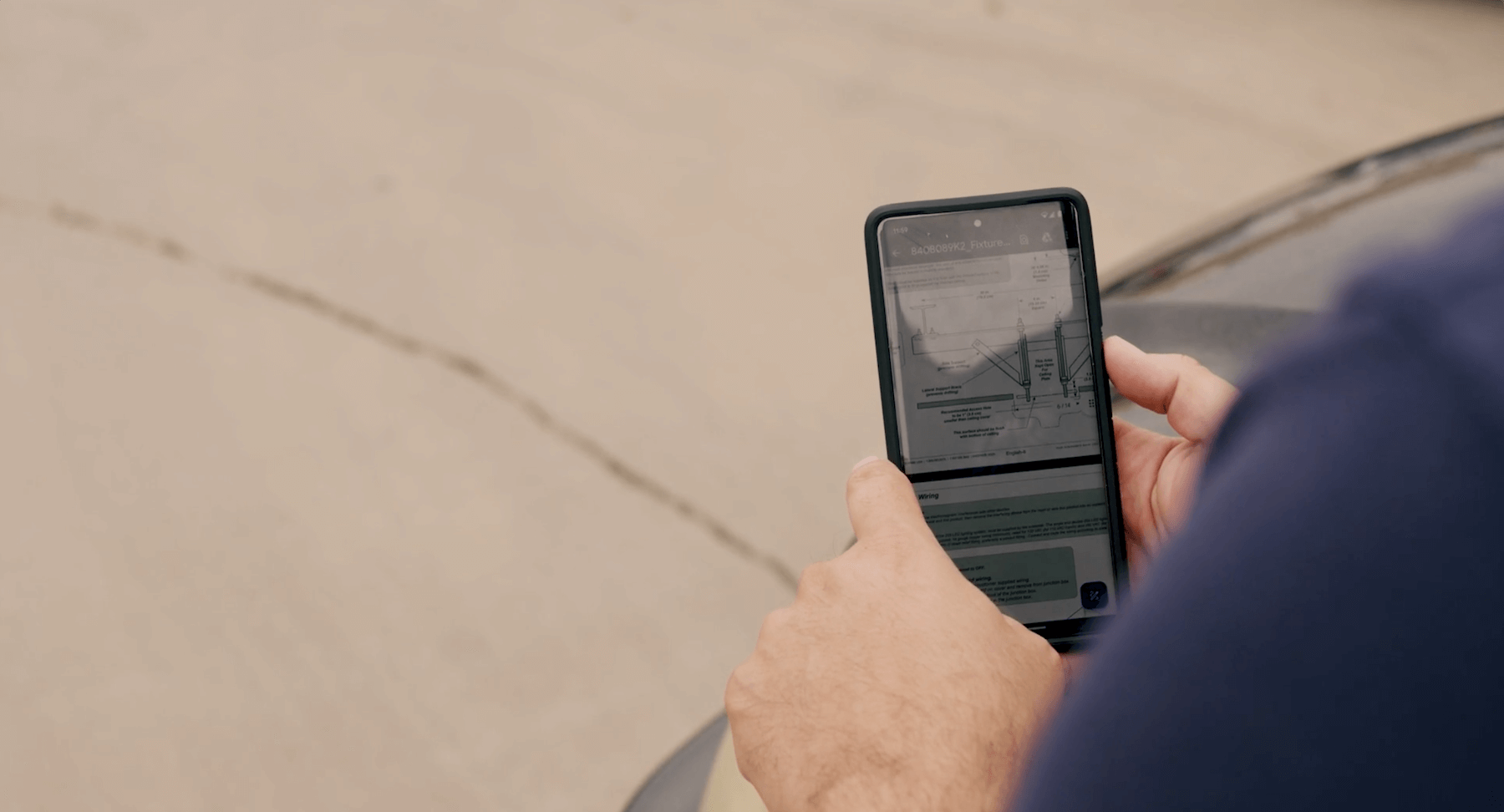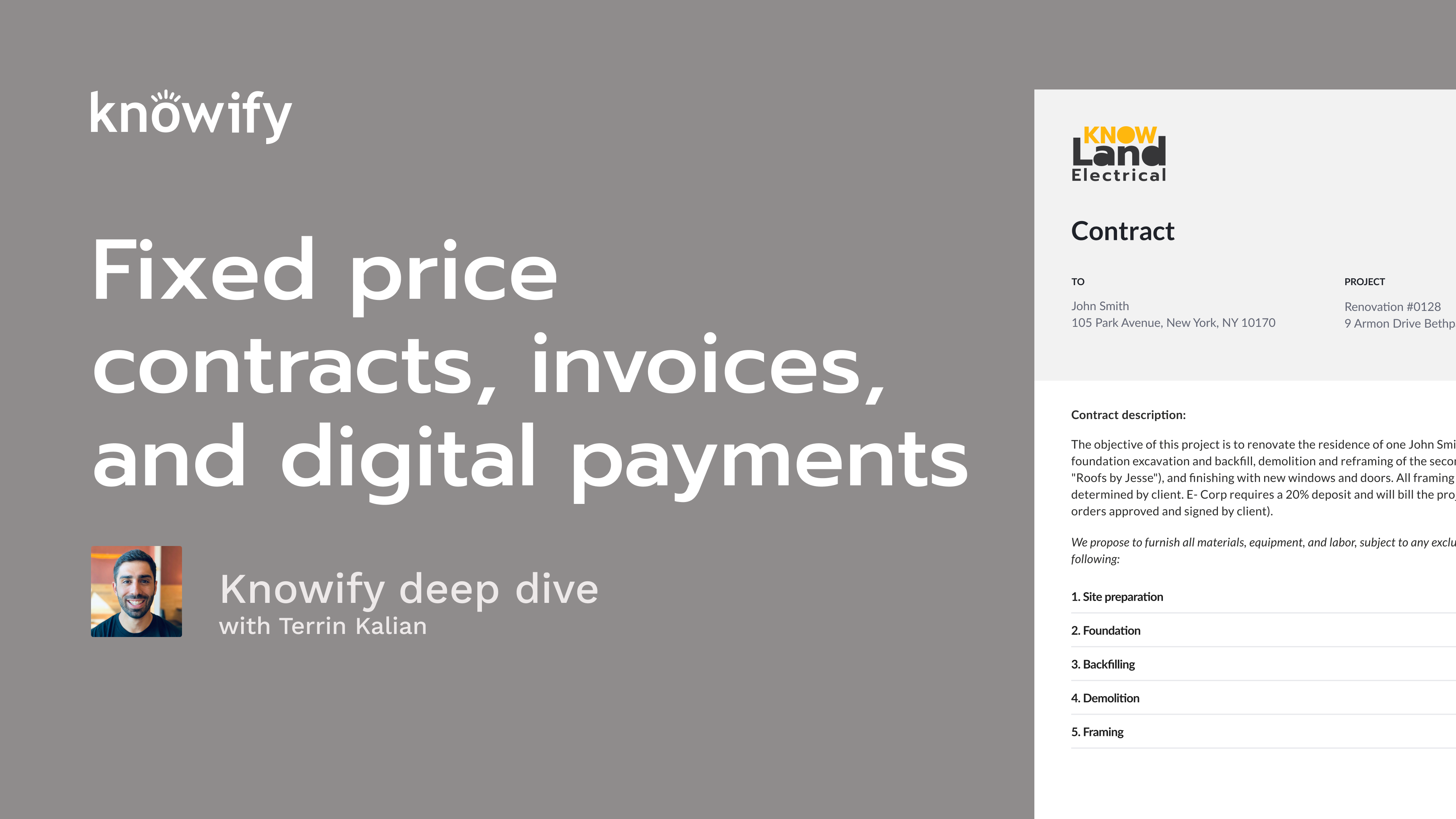Creating effective proposals is essential for any trade contracting business aiming to secure projects and build long-term client relationships. A well-crafted proposal not only sets clear expectations but also demonstrates professionalism and competence.
This article outlines a comprehensive approach to refining your proposal creation process, ensuring you stand out in a competitive market.
Understanding client needs
The foundation of a successful proposal lies in a deep understanding of client needs. Begin with thorough initial consultations, either face-to-face or virtually. Use these meetings to build rapport and trust while gathering detailed information about the client’s project goals. Ask targeted questions to identify specific deliverables, constraints, and preferences.
Documenting client expectations is crucial. Take detailed notes during consultations and confirm your understanding through follow-up emails. Creating a client profile with your project management tool for reference throughout the proposal development process ensures that all relevant documents and notes are centralized in one location for easy access.
Research and information gathering
Accurate and comprehensive research is the backbone of a winning proposal. Start by assessing the project’s scope and complexity. Break down the project into manageable tasks, determining the required skills and resources to complete each task. This step helps in evaluating potential risks and challenges.
With a tool like Knowify, you can build out the project plan quickly by repurposing details from similar past jobs. This can cut down on the research process, while helping you learn from past mistakes and successes.
Creating proposals with Knowify
For types of jobs you’ve never done before, conducting site visits and inspections is critical. Schedule visits with key stakeholders to gather firsthand information. Take photographs and detailed notes to identify site-specific issues or requirements. This hands-on approach helps in crafting a proposal that addresses all aspects of the project.
Collecting relevant data and specifications is another critical step. Gather architectural plans, blueprints, permits, and regulatory information. Ensure you have detailed material specifications and vendor quotes. Leveraging industry standards and best practices can further enhance your proposal, showing the client that your approach is grounded in proven methodologies.
Create a detailed budget
The output of your research and information should be a detailed project budget. A budget rooted in real costs and thorough research ensures that the pricing is realistic and achievable.
When a contractor bases the budget on accurate data and comprehensive market research, it prevents underquoting or overquoting, both of which can have detrimental effects. Underquoting can lead to unprofitable projects, as unforeseen costs eat into margins, while overquoting might deter potential clients who are looking for cost-effective solutions.
Moreover, a detailed project budget fosters transparency and trust with clients. It shows that the contractor has taken the time to understand the project’s scope and requirements, and has carefully considered all potential expenses.
This level of detail reassures clients that there will be fewer surprises down the line, and it demonstrates a professional approach to project management. Additionally, a well-defined budget allows for better financial planning and resource allocation, helping to ensure that the project stays on track and within the agreed parameters.
Incorporating a comprehensive budget early in the proposal also facilitates easier adjustments if client needs or project circumstances change. It provides a clear framework for negotiating scope changes and additional costs, making it simpler to justify price adjustments and maintain profitability.
Developing a repeatable proposal structure
A well-structured proposal is easier to read and understand. Start with a personalized cover letter and executive summary, providing a brief overview of the proposal and highlighting key points and benefits.
The project description and objectives section should clearly define the project’s scope, outlining the main goals and explaining its significance. This sets the stage for the detailed scope of work, where you list all tasks and activities, specify roles and responsibilities, and include a timeline for each phase.
A realistic project timeline with identified milestones and deliverables helps manage client expectations. Include contingency plans for potential delays to demonstrate thorough planning. The cost estimates and budget breakdown should be detailed, categorizing costs by labor, materials, and other expenses, and presenting a summary and payment schedule.
Terms and conditions should outline payment terms, warranties, guarantees, and legal clauses, ensuring transparency and protecting both parties. Appendices and supporting documents, such as certificates, licenses, detailed drawings, plans, and references, provide additional credibility and support for your proposal.
Utilizing technology and tools
Leveraging technology can streamline the proposal creation process. Proposal management software helps track proposal status and deadlines, facilitating team collaboration and input. Estimation and budgeting tools ensure accurate cost estimates and automate budget calculations, integrating seamlessly with accounting systems.
Include visuals, client references, and supporting documents
A professionally designed proposal can make a significant impact. Use consistent branding and formatting, incorporating high-quality visuals and graphics to enhance readability and clarity. Avoid jargon and technical terms, opting for simple, straightforward language that focuses on key points and benefits.
At Knowify, we offer a variety of professionally-designed proposal templates free of a charge. We’ll also work with you to create a completely custom proposal template (at no charge) if one of our pre-built templates doesn’t fit the bill.
Visual aids, such as charts, graphs, and diagrams, help represent data clearly and illustrate complex concepts. Including photographs and renderings provides context, making the proposal more engaging and easier to understand. Adopting a client-centric approach, addressing the client’s specific needs and concerns, highlighting the benefits for them and using testimonials and case studies to build trust.
Reviewing and refining the proposal
Internal review and feedback loops are essential for refining your proposal. Schedule regular review sessions with the team, collecting feedback from different departments to make necessary revisions. Sharing drafts with the client for feedback allows you to address their concerns and suggestions, ensuring the proposal meets their expectations.
Ensuring accuracy and completeness is crucial. Double-check all data and figures, verify compliance with client requirements, and ensure all sections are complete and accurate. Proofreading and final edits help catch any spelling or grammar errors, ensure consistent formatting and style, and make final adjustments for clarity and impact.
Submission and follow-up
Timely submission strategies are vital. Set internal deadlines for draft completion, allowing buffer time for final reviews to ensure on-time delivery to the client. Personalizing the delivery method, whether by email, in-person, or another format, adds a professional touch. Follow up with a thank-you note to express appreciation for the opportunity.
Post-submission follow-up is critical. Schedule a follow-up meeting or call to provide additional information and address any client questions promptly. Being responsive and proactive reassures the client and builds confidence in your capabilities.
Continuous improvement and learning
Continuous improvement is key to long-term success. Analyze proposal success rates, tracking acceptance and rejection rates to identify patterns and trends. Use this data to improve future proposals. Gathering feedback from clients through post-proposal surveys helps you understand their perspective and make necessary improvements.
Document lessons learned from each proposal, sharing insights with the team to apply best practices to future projects. Stay updated with industry trends by attending conferences and workshops, subscribing to industry publications, and networking with peers and professionals.
Putting it all together
A refined proposal creation process is crucial for success in the commercial trade contracting business. By understanding client needs, conducting thorough research, developing a detailed structure, utilizing technology, enhancing presentation, and continuously improving, you can create compelling proposals that win contracts and build strong client relationships. Implement the outlined strategies to elevate your proposal process and achieve better outcomes.
Schedule a free walkthrough to learn more about how Knowify can help streamline your proposal creation and management process.
 QuickBooks
PricingTraining & support
QuickBooks
PricingTraining & support



